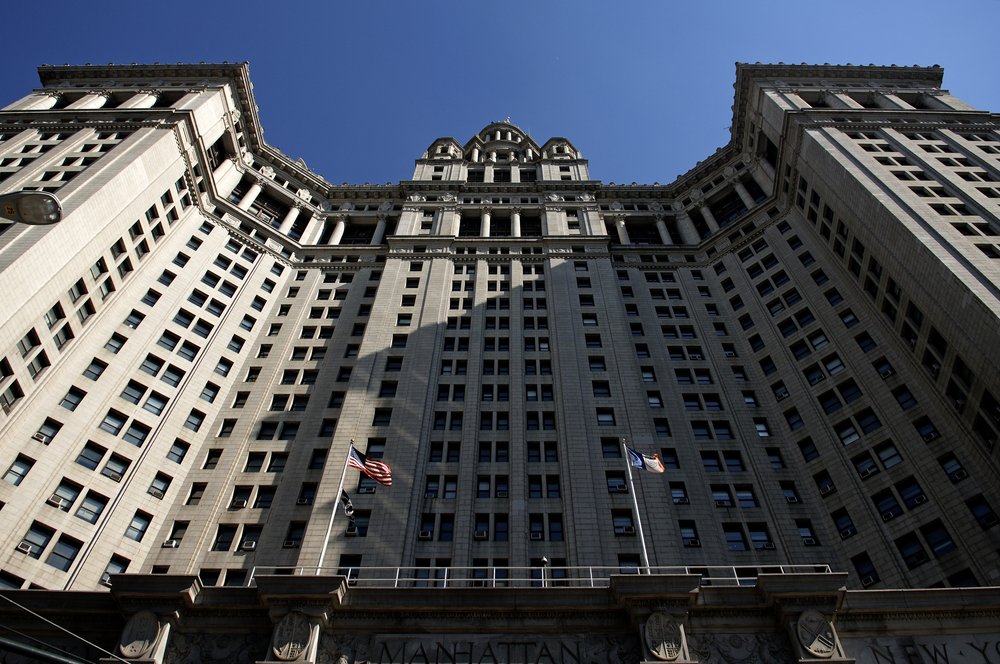NYC agency defends decision to stop homeless youth from sleeping overnight at drop-in centers
April 24, 2023, 7:18 p.m.
The city provides just 60 beds specifically for homeless young adults, ages 21 to 24. Local officials say it’s not enough.

Local lawmakers blasted the city’s Department of Youth and Community Development over the agency’s recent decision to keep teens and young adults from falling asleep at its drop-in centers, saying it forces these youth to instead sleep in subway stations, emergency rooms and even the streets.
But agency officials defended its decision during a tense meeting.
“We wanted to reiterate to providers that this is not a place for planned overnight sleeping, where the lights go off and services stop,” Susan Haskell, DYCD’s deputy commissioner said at a City Council hearing on Monday.
Haskell said that letting people sleep at the drop-in centers also raised safety concerns, stating that the centers – which offer career counseling, laundry and meal services – aren’t equipped to house young adults on a cot overnight.
The population of homeless people within the city is reaching record numbers not previously seen since the Great Depression, according to the Coalition for the Homeless, as of February. And as of February, there are 68,884 homeless people, including nearly 22,000 homeless children, residing in the city’s main municipal shelter system alone. However, there are 60 beds specifically dedicated to homeless people ages 21 to 24, which advocates and local lawmakers say is paltry compared to what is needed.
During the hearing, Haskell said the DYCD could not say how many homeless youth were turned away this year because of a lack of beds. The city operates five overnight drop-in centers that are open 24 hours a day for those ages 14 to 24. Despite not being homeless shelters, many of these drop-in centers offer cots for people to sleep on.
“Providers have deep concerns that – without a place to rest – young people are either forced to turn to the streets or the adult homeless system, where they do not feel safe,” Bronx Councilmember Althea Stevens, who chairs the Youth Services Committee, said. “This is an impossible choice.”
During the hearing, Stevens fired back at Haskell, stating that having a place to sleep represents an immediate need that the drop-in center can address.
The New York City Council is also considering several measures aimed at helping young homeless New Yorkers. One measure would require the city department of homeless services and the DYCD to start collecting data on how many LGBTQ homeless people reach out about the services both agencies provide. Under the new measure, the city would also track how many shelter beds it reserves for homeless people who belong to this community – and record the instance – and reason – when a bed is refused.
While only a fraction of minors belong to the LGBTQ community, they are nearly 10 times as likely to experience homelessness compared to their peers, according to a 2017 study by the University of Chicago. Nationally, more than a quarter of LGBTQ youth experience homelessness or housing instability at some point in their life, according to the Trevor Project. And once homeless, LGBTQ minors are much more likely to enter sex trafficking or engage in other sexual exploitation.
The Council also discussed two other measures that’ll require the city’s drop-in centers to help runaway and homeless youth when they want to transition to adult centers and provide more financial literacy education in its youth programming.
“We can work towards lowering the amount of young people who are currently – or chronically – homeless,” Onyx Walker, who is co-coordinator of the city’s Youth Action Board, said at the hearing. “The New York YAB continues to inform decision makers at every angle of approaches that can actually help the affected people. We look forward to what will come of this.”
The DYCD said it is not opposed to this legislation, but argued that the measures cover actions that the agency already provides.
“I think we probably share a vision for a dignified, safe and welcoming space for young people,” Haskell said.
“I hear you, but we have not created that space,” Stevens countered.